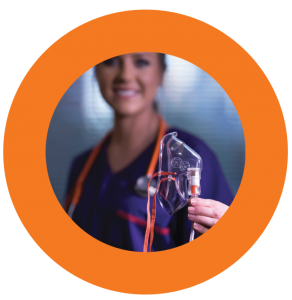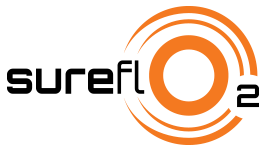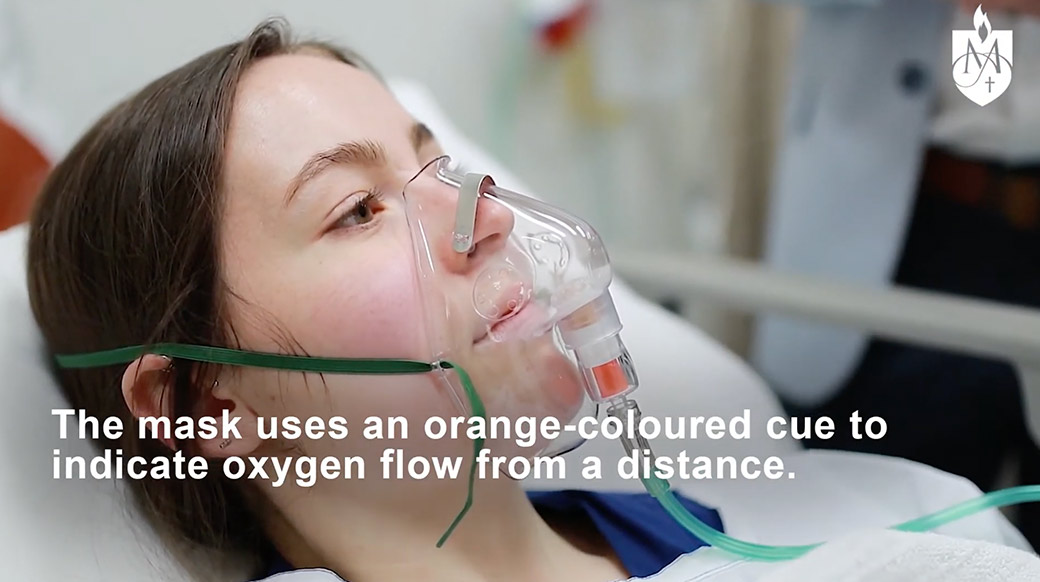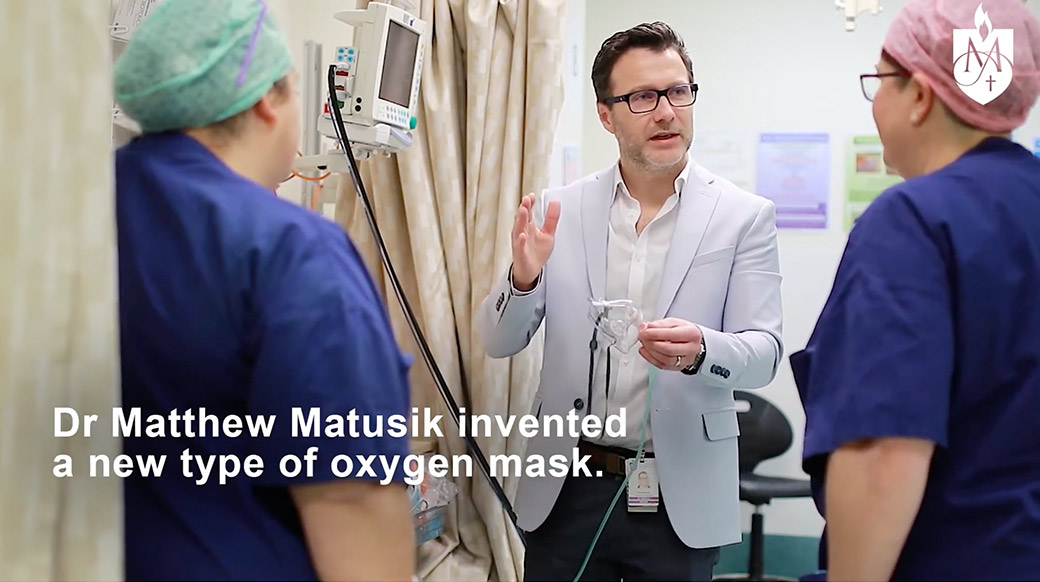
SureflO2 & Anaesthetist Dr Matt Matusik – Profile by St Vincent’s Hospital Fitzroy
Melbourne’s St Vincent’s Hospital, Fitzroy receives the first hospital delivery of TGA approved SureflO2 oxygen masks
– May 2020
St Vincent’s Hospital, Fitzroy has produced and shared this video profile piece on the SureflO2 Flow Indicator Device and its inventor Anaesthetist Dr Matt Matusik.
View the video and transcript on this page or directly view on Youtube:
Dr Mathew Matusik invented a new type of oxygen mask.
The mask uses an orange-coloured cue to indicate oxygen flow from a distance.
Dr. Matthew Matusik
The main use of this device is to confirm the presence or absence of oxygen flow into the mask by simply looking at it.
So, in the operating room, anaesthetists don’t have to lift the mask off the patients’ face and listen to hiss, which is a static check. So they can simply look at the indicator to see that oxygen is, or isn’t, flowing.
This indicator can be seen from 9 meters away, which affords healthcare workers the ability to manage these types of airway systems from a distance.

Prof. David Scott
(Director of Anaesthesia, St. Vincent’s Hospital)
You can have a situation of transferring a patient at the end of their anaesthesia to the recovery room, where they need oxygen, and the oxygen is not flowing correctly. And that’s the thing he picked up on – that he didn’t want that to happen, and yet there wasn’t an obvious way to easily check that oxygen was flowing to that face mask.
We’ve been lucky enough to have the first hospital delivery, if you like, of these approved masks. They’ve all been through all the testing and manufacturing processes, which are very, very complex.
In this new COVID-19 era, we don’t want excess oxygen flowing through a face mask which billows out from the sides and creates what we call plumes. If a patient had COVID-19, that plume could contain infectious material.
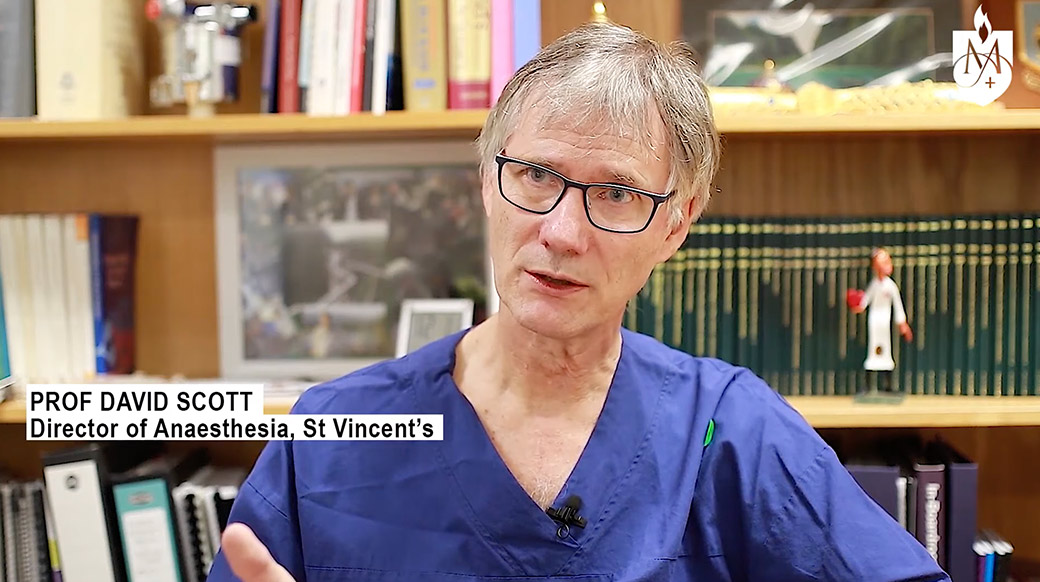

Dr. Matthew Matusik
I’ve been at St Vincent’s since I was in Med school, so it’s basically been my home base since I was a young ‘tot’. I’d like to take the opportunity to thank David Scott and the Department of Anaesthesia and Acute Pain Medicine for the encouragement and support that they’ve consistently given the SureflO2 team in developing this device.



